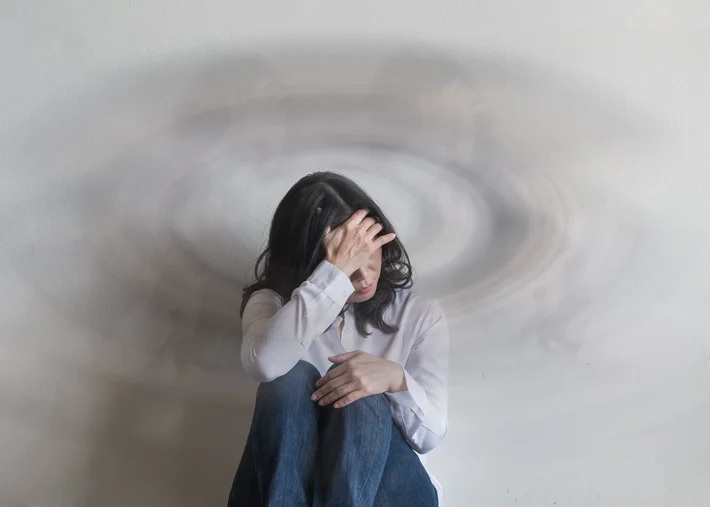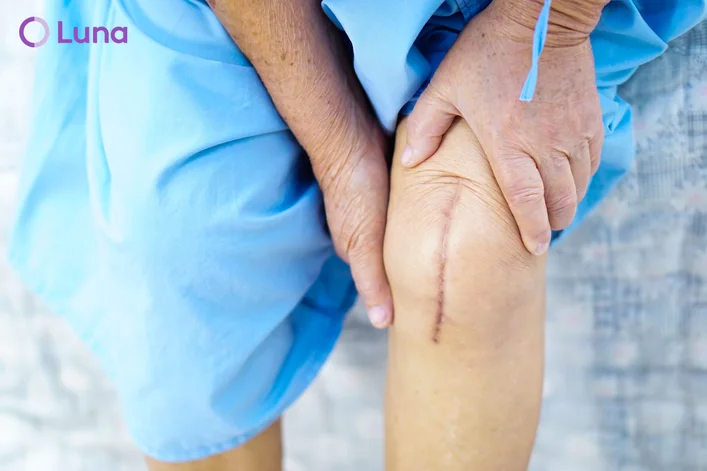
Luna’s physical therapists specialize in vestibular rehab
Luna’s physical therapists specialize in vestibular rehab. No matter how long you’ve struggled with balance, vertigo, or dizziness, our PTs can formulate a vestibular rehab plan that’s personalized to your needs and goals.
Best of all, with Luna, patients can receive vestibular rehab therapy wherever it’s most convenient. Our physical therapists come to you — it’s physical therapy, delivered.

What is vestibular rehab?
Patients with vestibular disorders — or inner ear/balance disorders — often experience chronic problems with imbalance, dizziness, visual disturbances, and vertigo. Secondary symptoms such as vomiting, fatigue, and an inability to concentrate can occur as well.
Unsurprisingly, vestibular conditions can reduce quality of life and make basic day-to-day living more difficult. Fortunately, vestibular rehab has been shown to alleviate these symptoms and restore quality of life.
Vestibular rehab is a specialized form of physical therapy designed to reduce dizziness, instability, and vertigo. While rehab alone cannot restore vestibular function if it’s been lost due to illness or injury, it can help patients to restore functioning through compensation.
Source: Vestibular
Physical therapy for vestibular rehab
Vestibular rehab cannot restore vestibular function. It can, however, promote compensation that can help the patient to go about their daily life more safely and comfortably. Every vestibular rehab program begins with a comprehensive clinical examination, which is necessary to identify problems related to the vestibular disorder.
Once the examination is complete, a physical therapist can prescribe an exercise routine comprised of one or more of the following three methods: habituation, gaze stabilization, and balance training.
Habituation exercises are primarily concerned with treating symptoms of dizziness — in particular, dizziness as a result of sudden head movement. Habituation exercises require that the patient repeats the movement that provokes their dizziness again and again until the brain learns to ignore the abnormal signals from the inner ear.
Gaze stabilization exercises help improve control of eye movements. They are often recommended for patients who can’t see clearly because their vision “bounces” or “jumps around.” Gaze stabilization exercises may require the patient to hold their gaze on an object as it moves around.
Finally, balance training exercises improve steadiness so that daily activities can be performed safely and comfortably.
Source: VestibularWe’ve got your back. Book a PT today.
come to you. Check availability.













